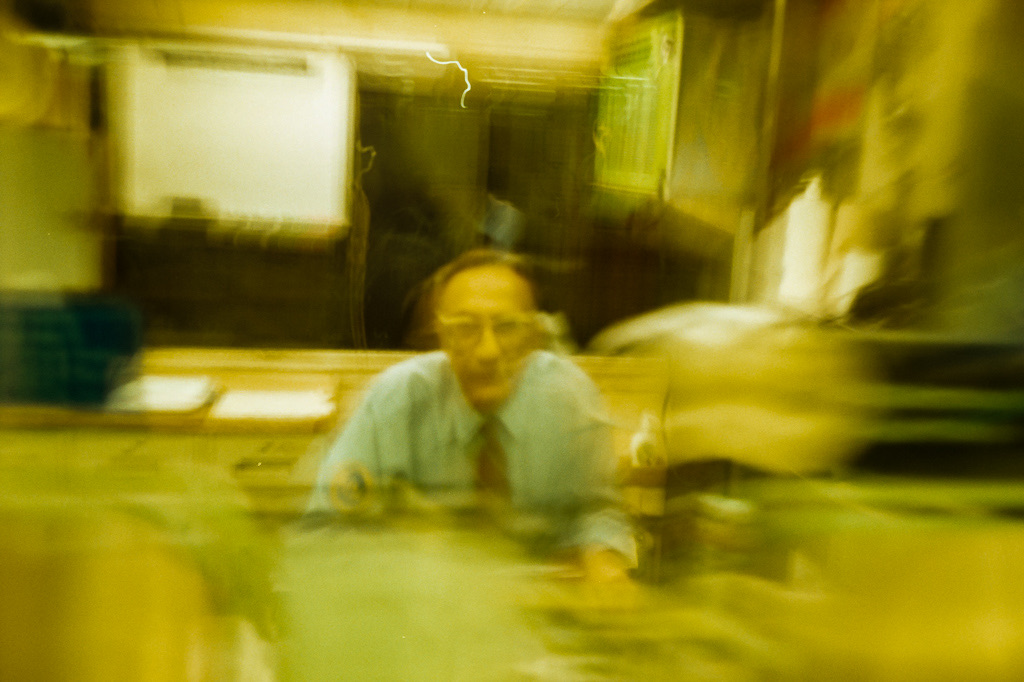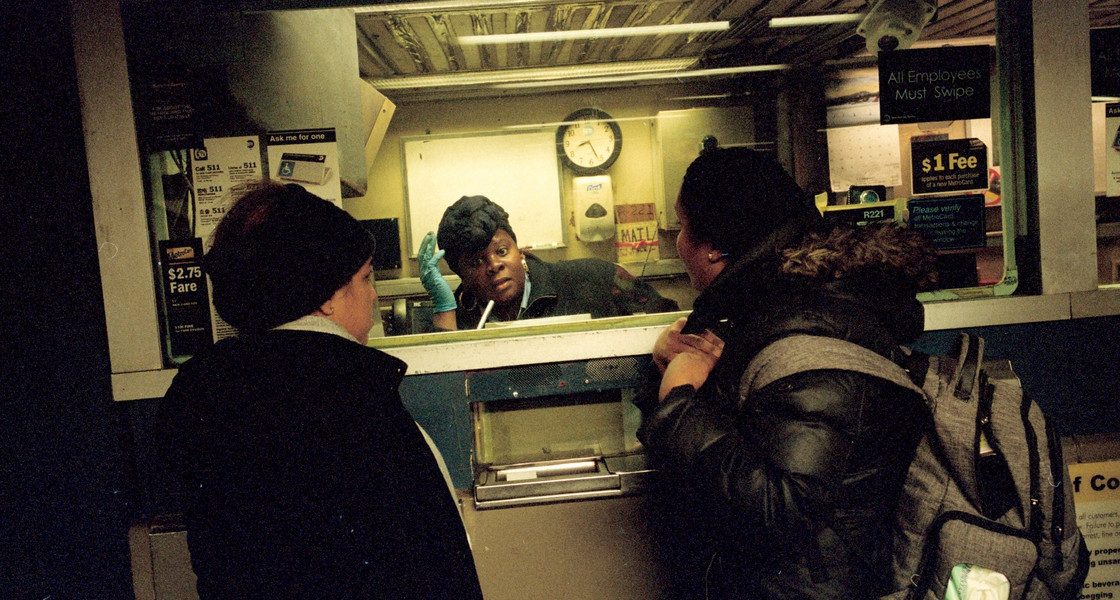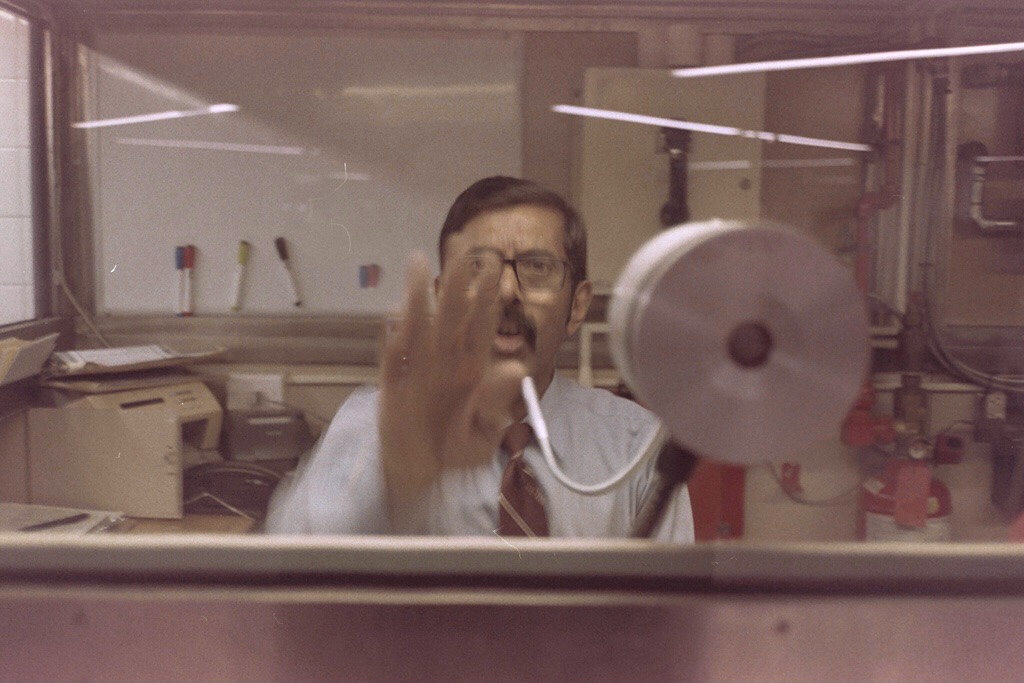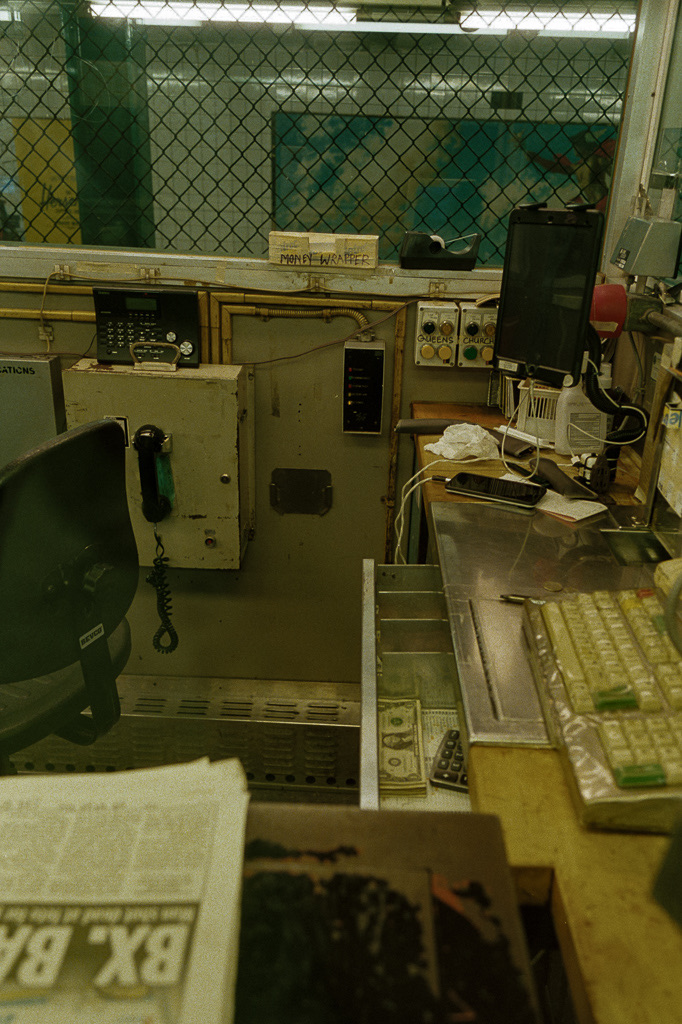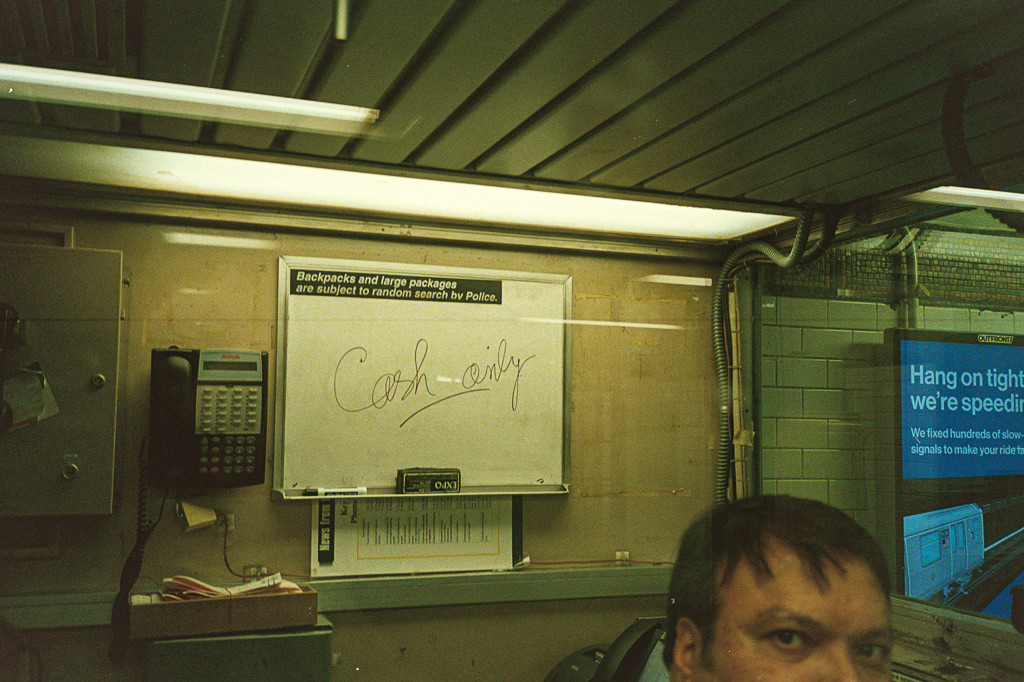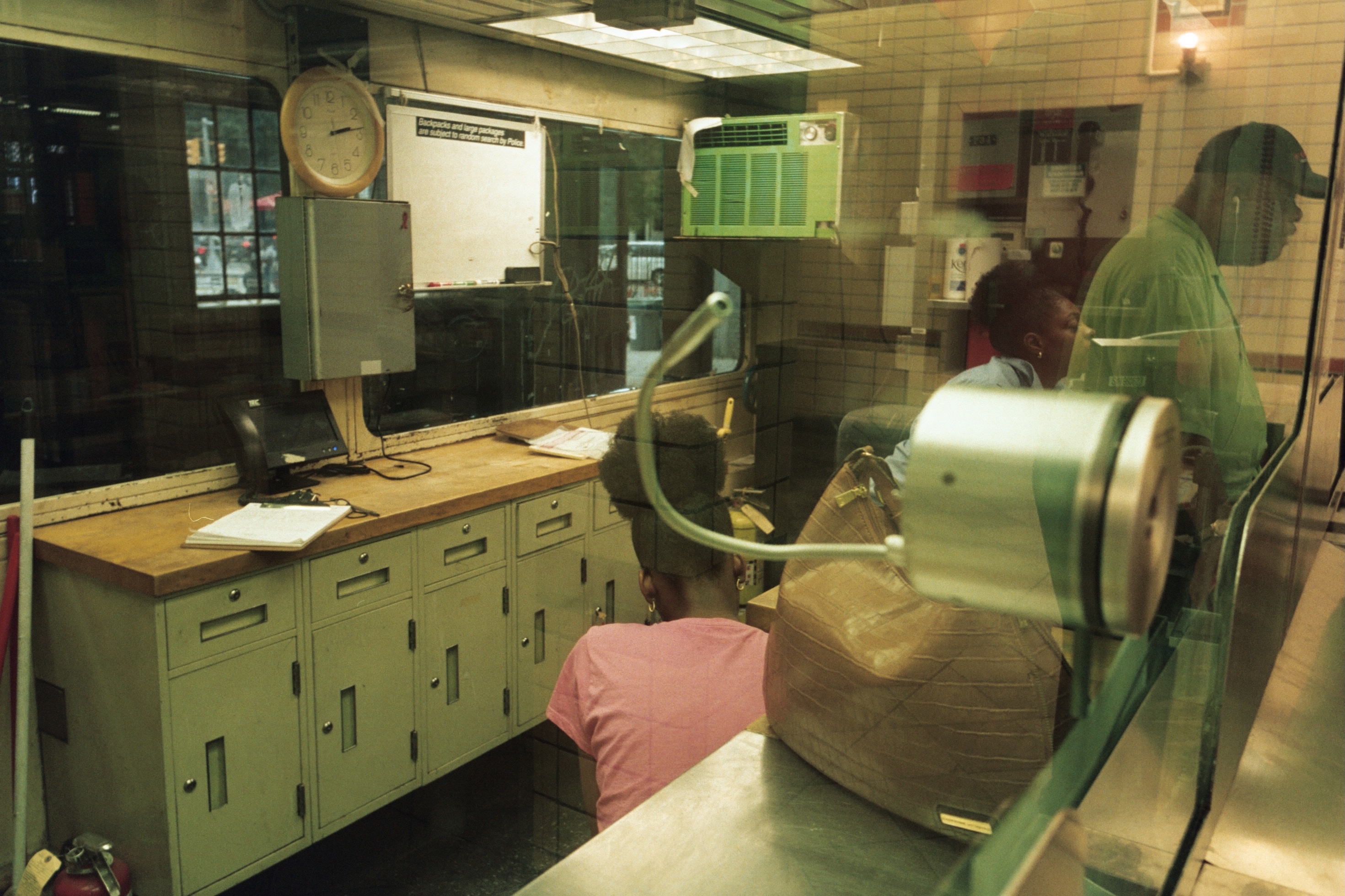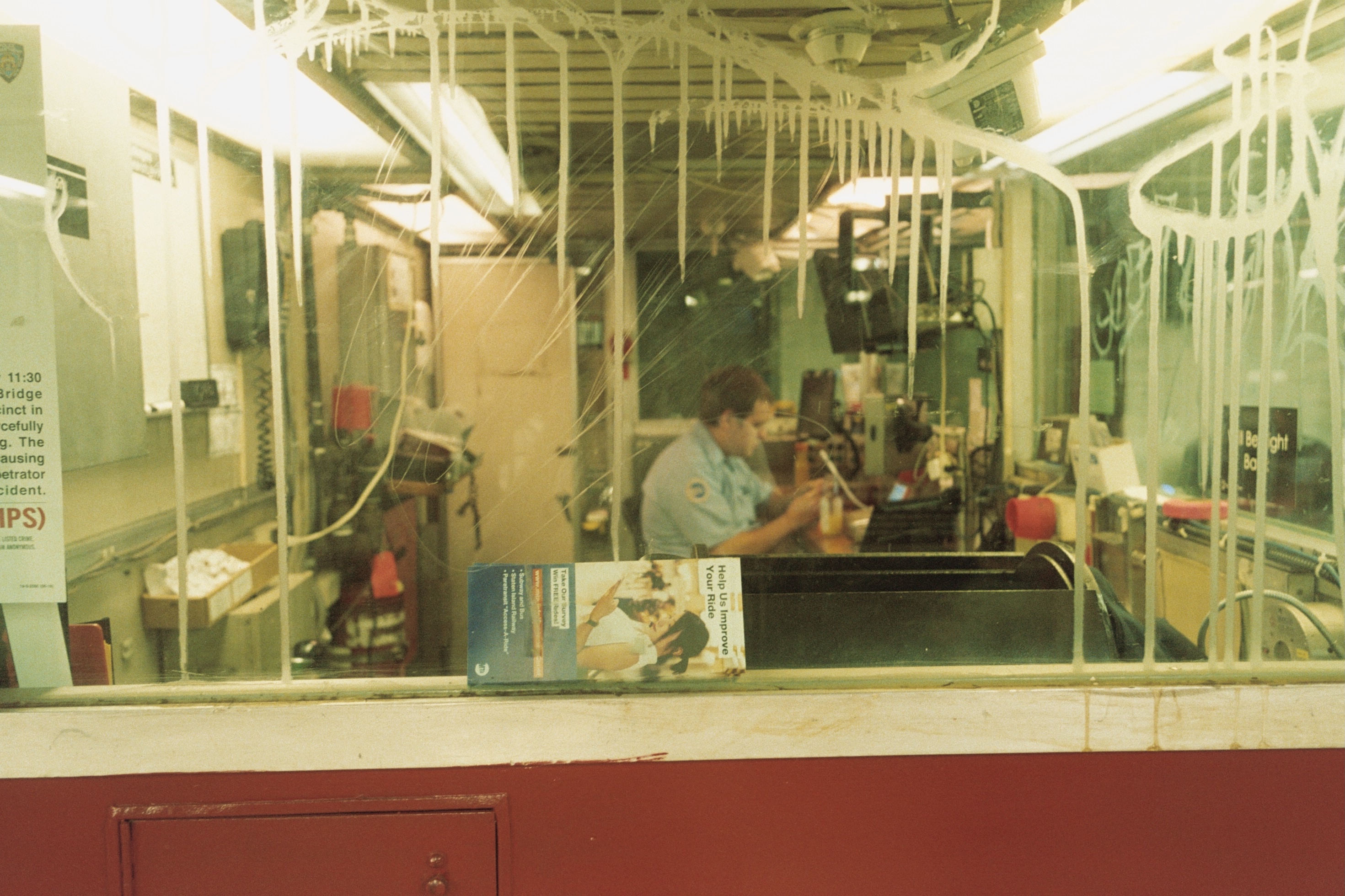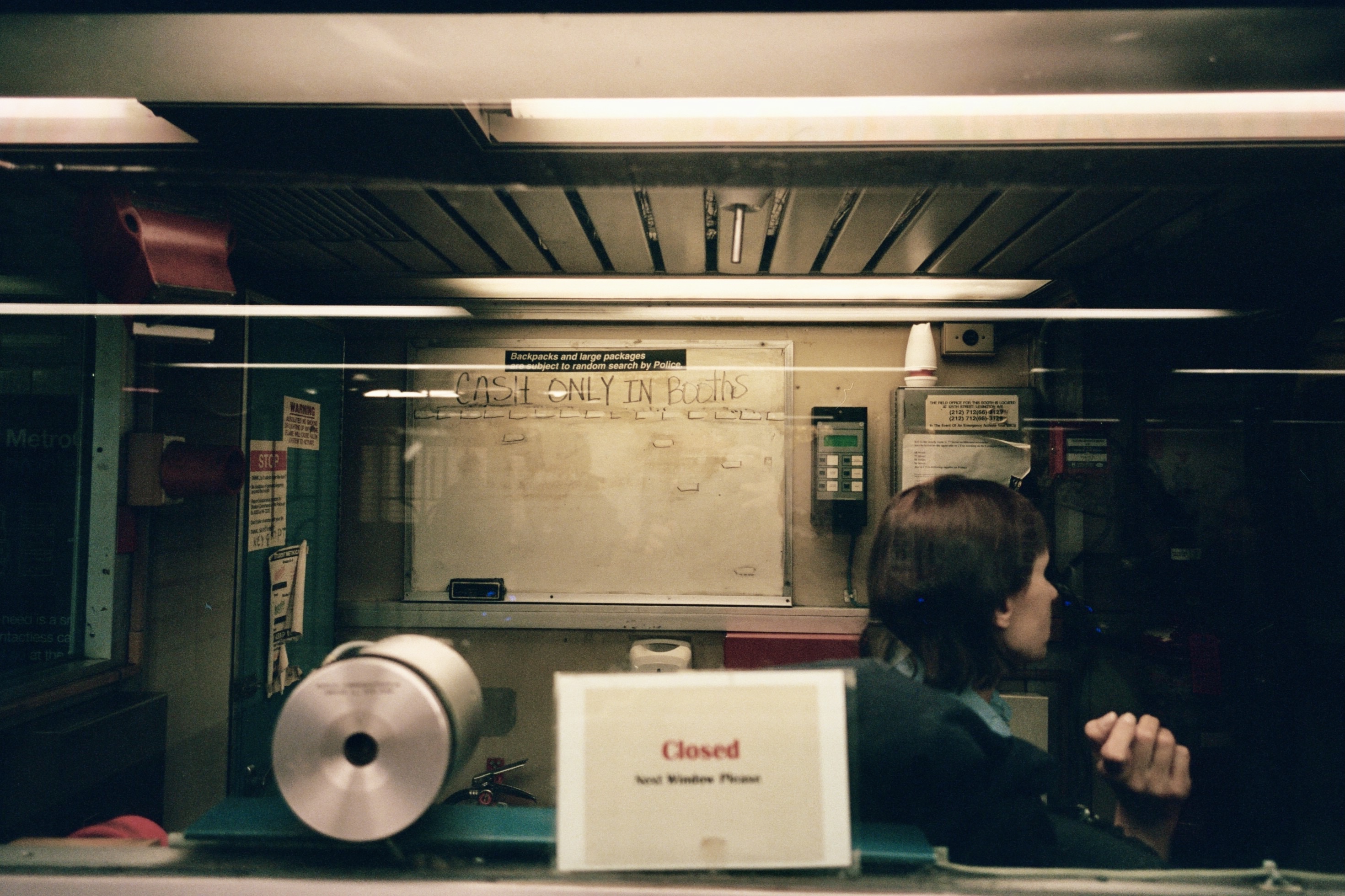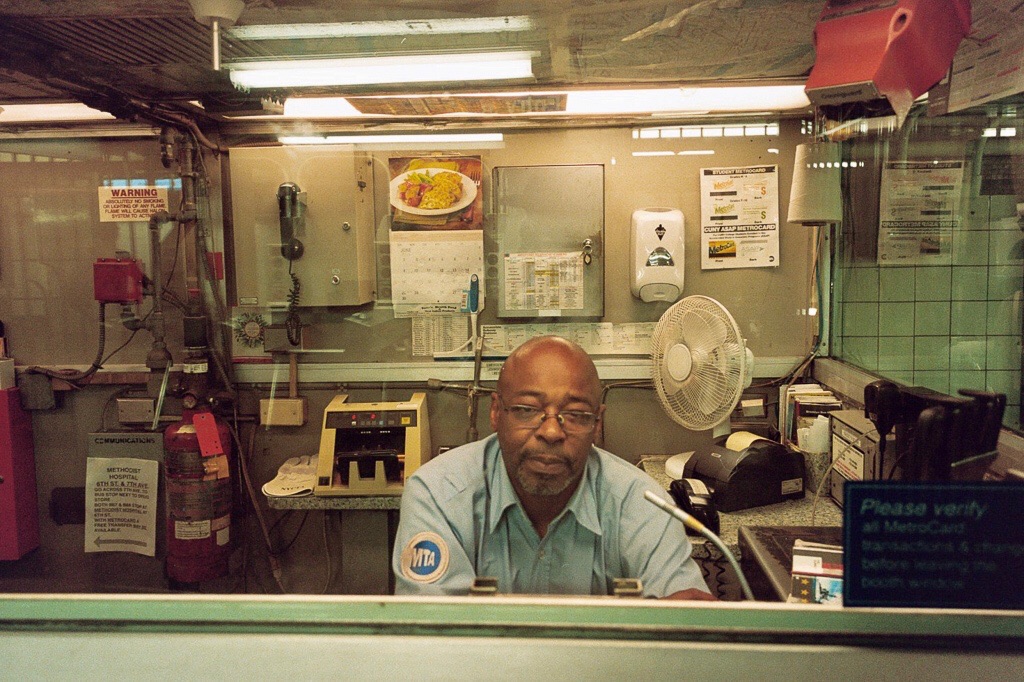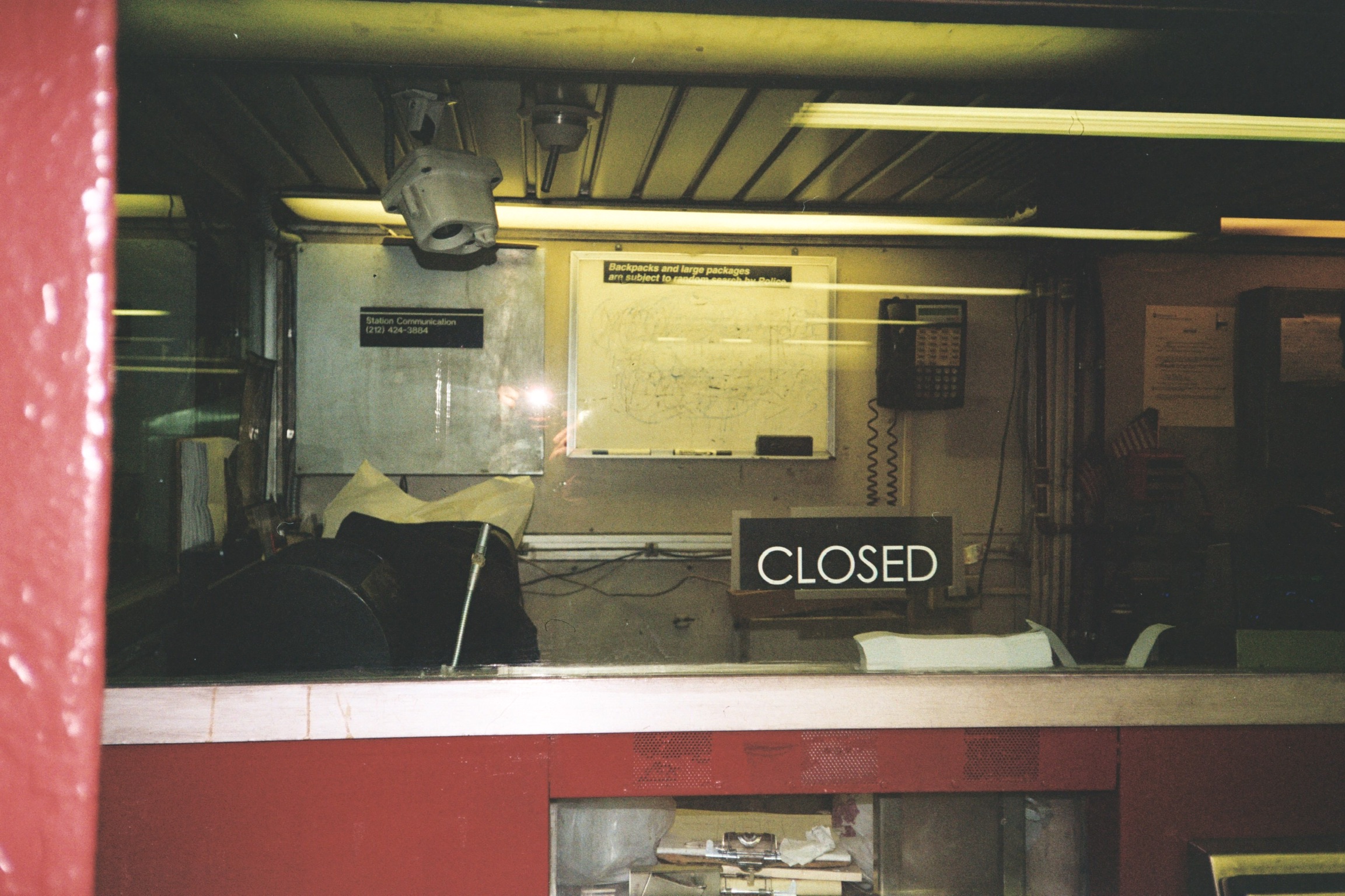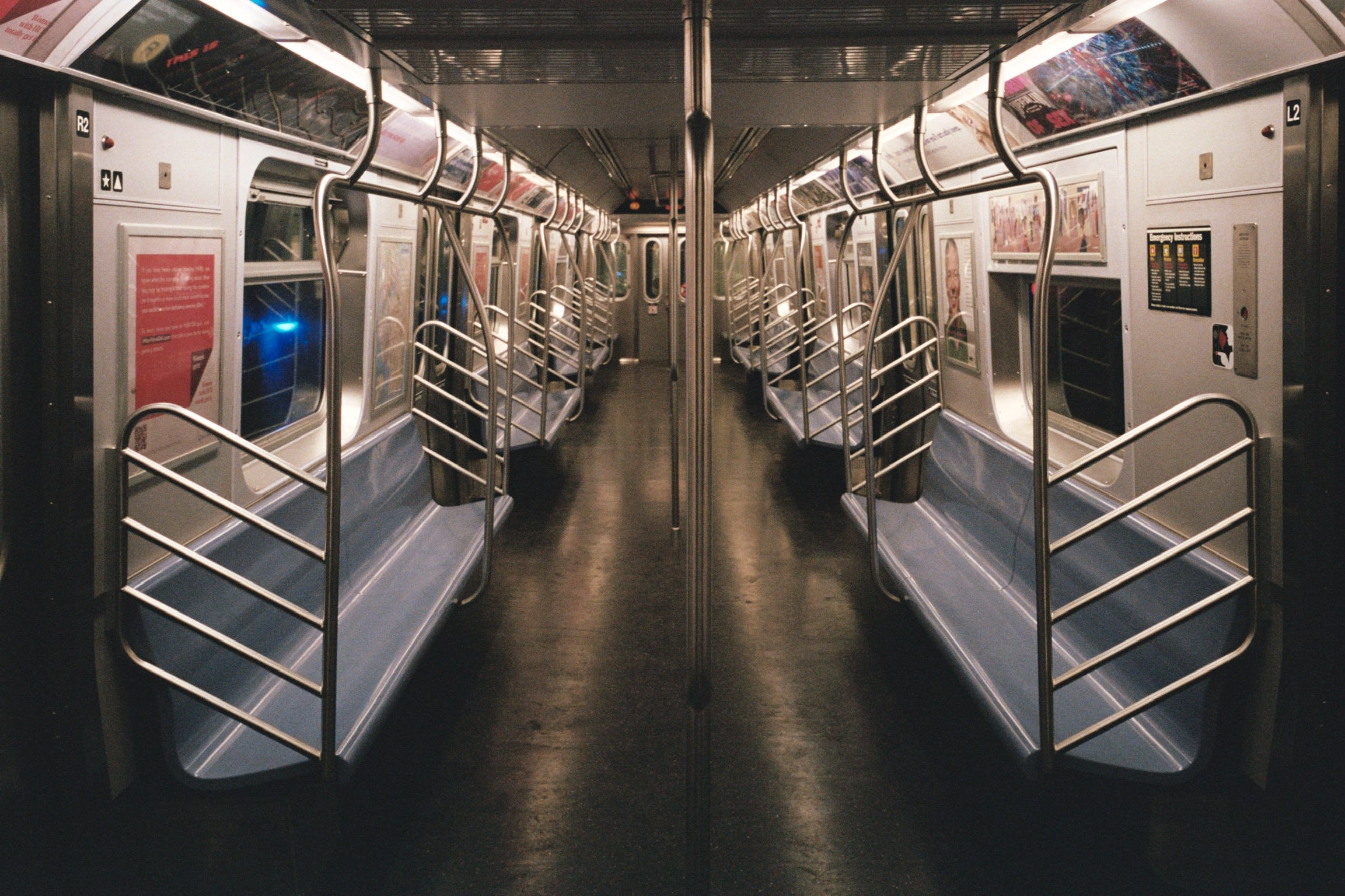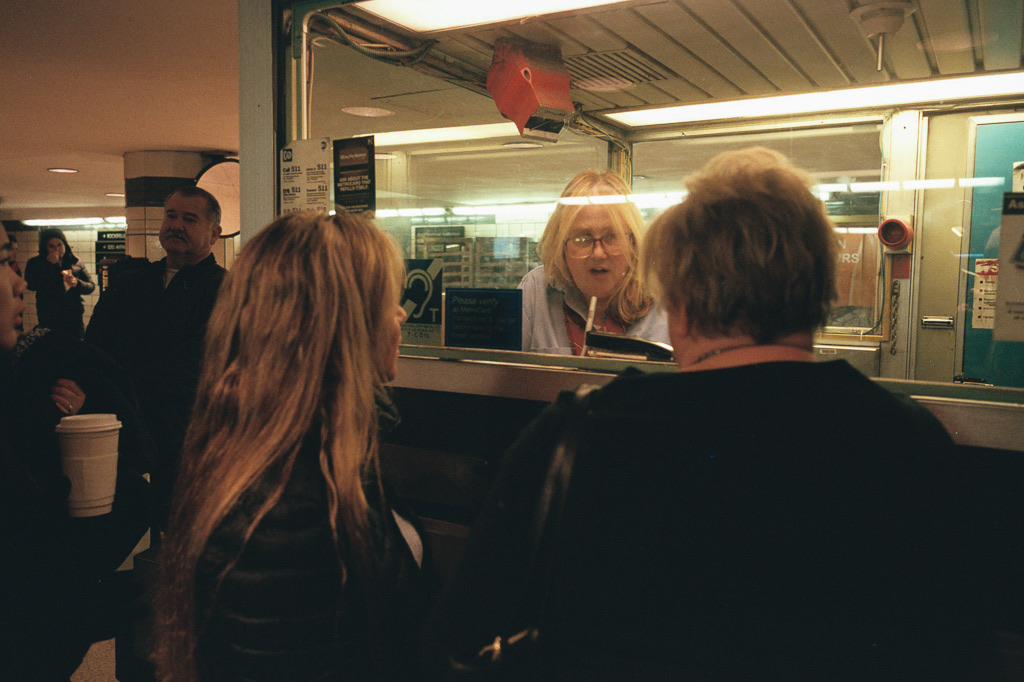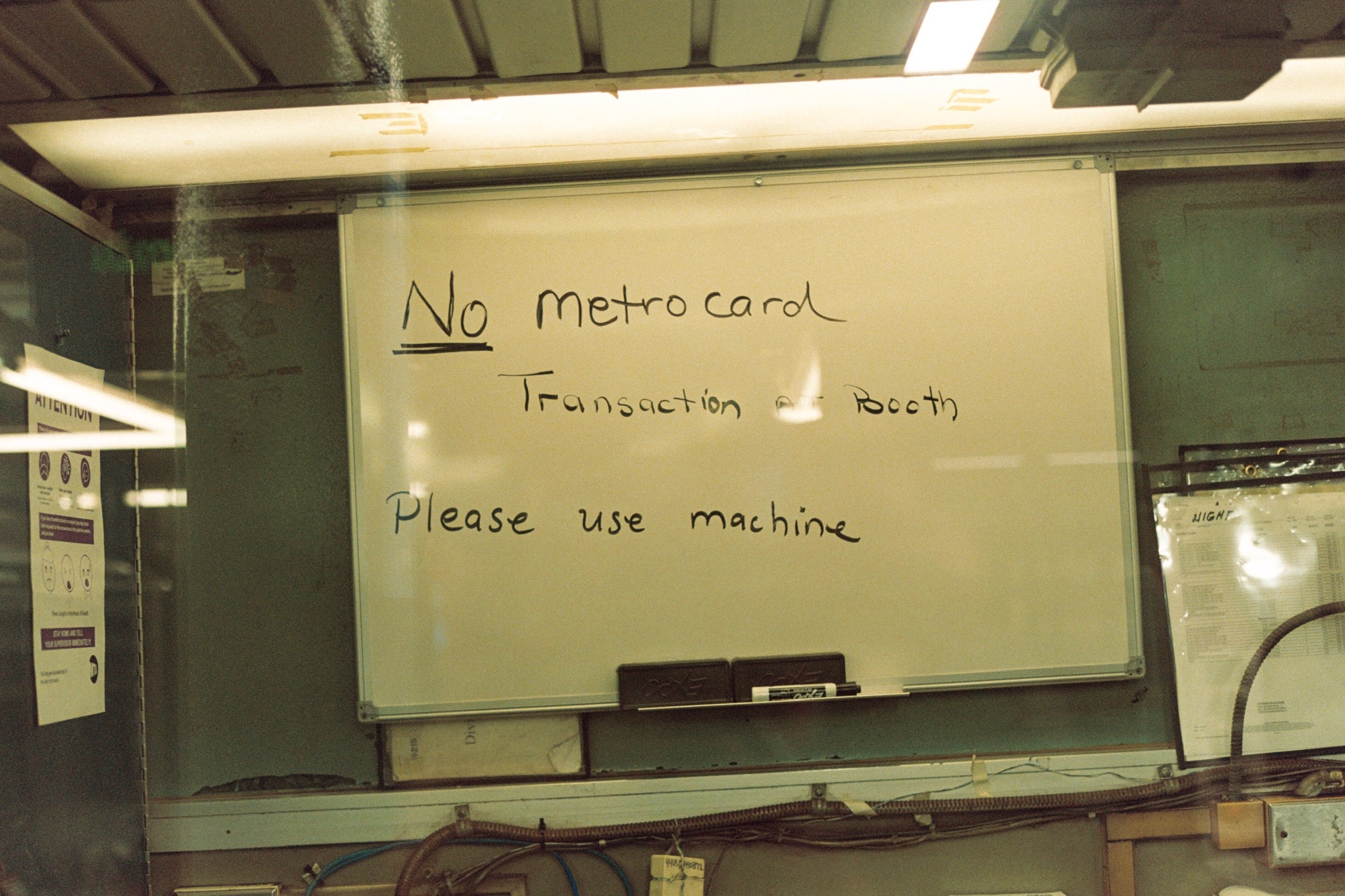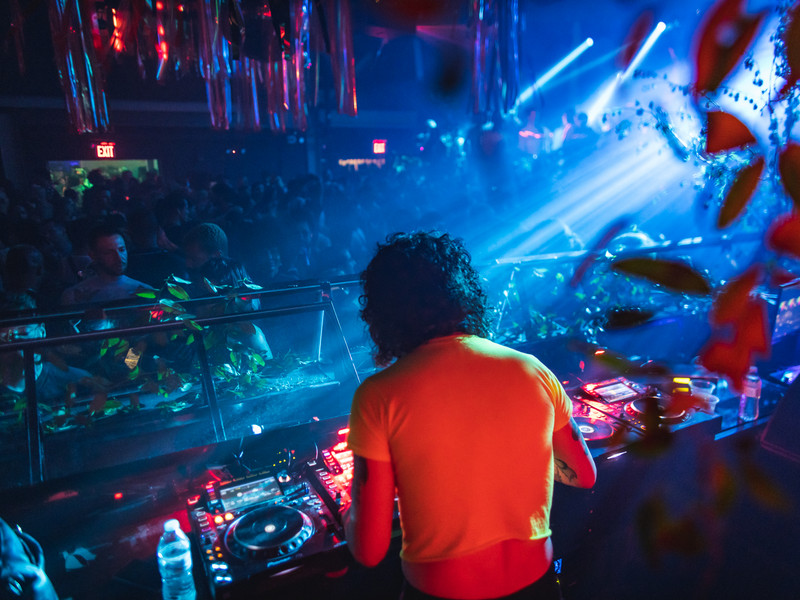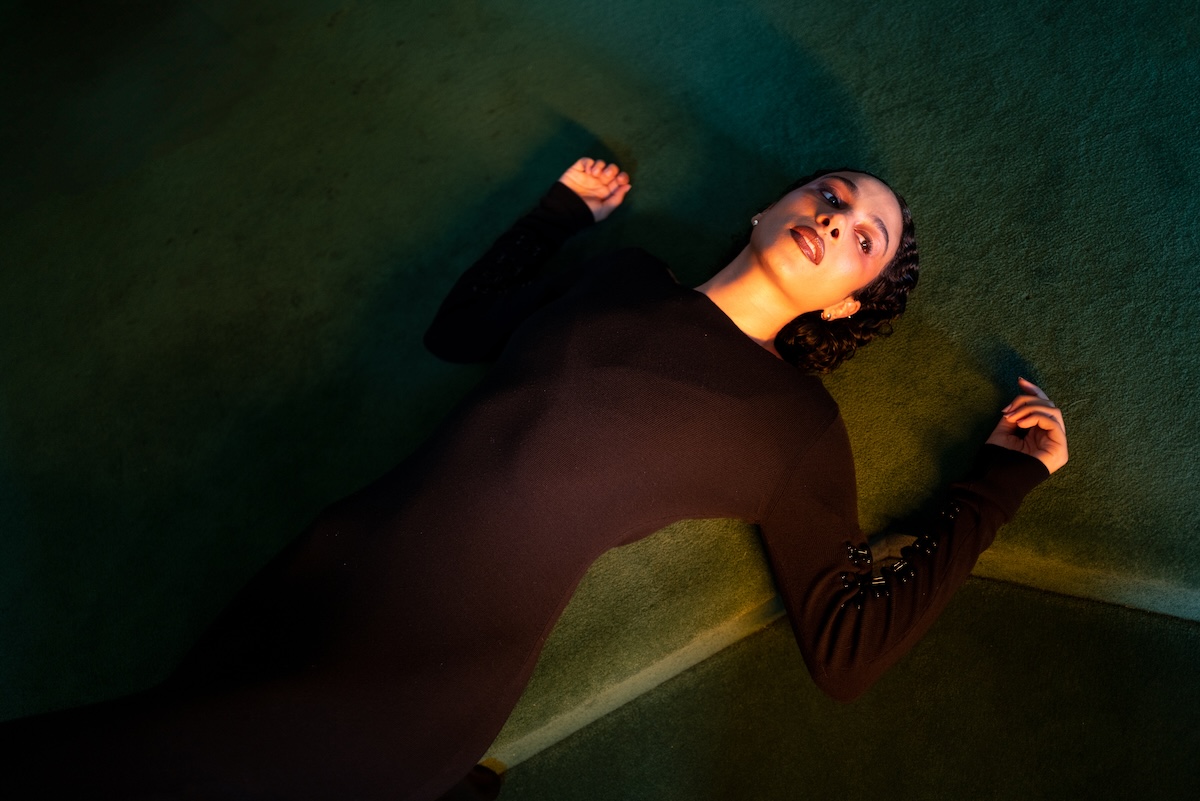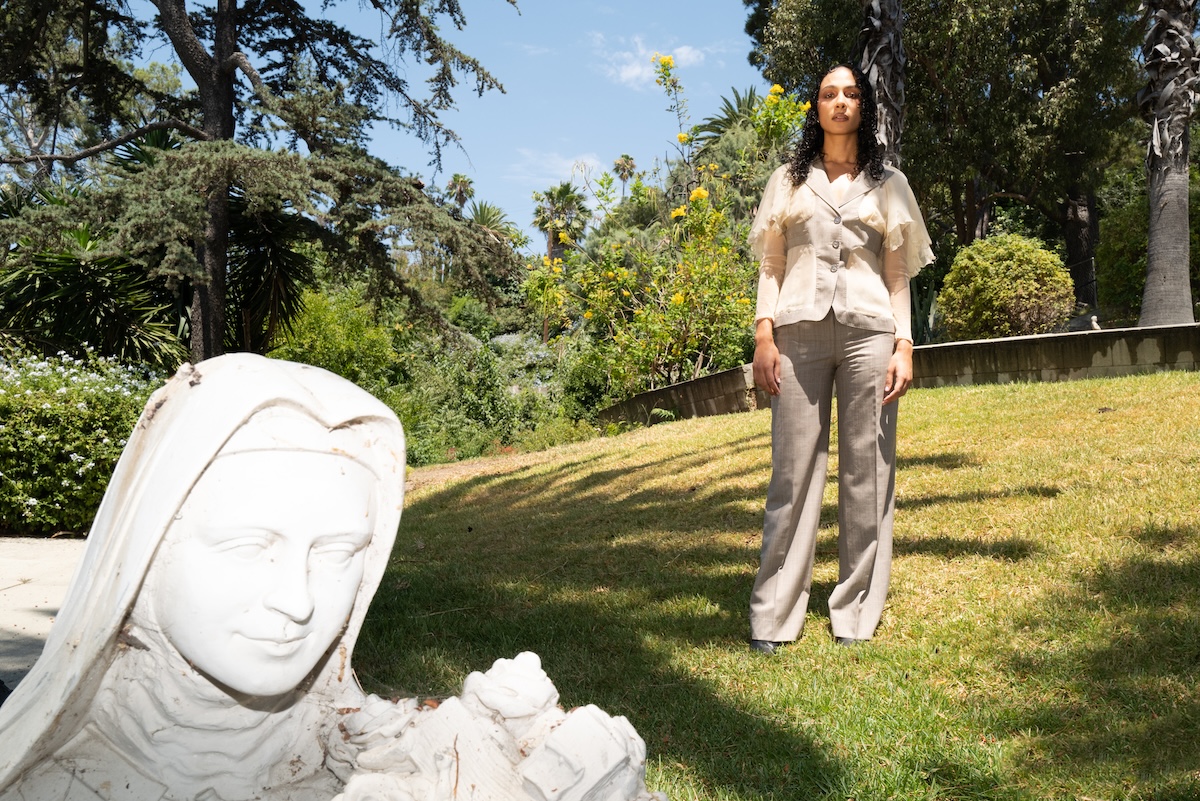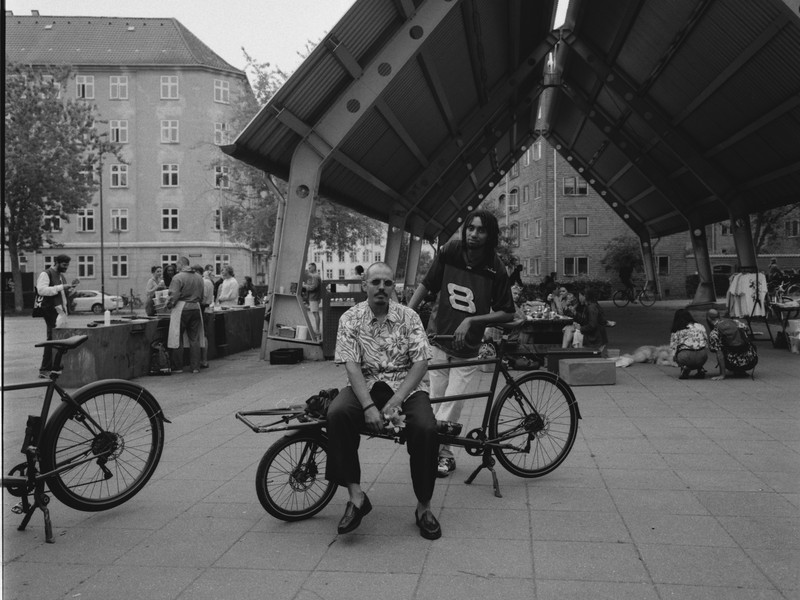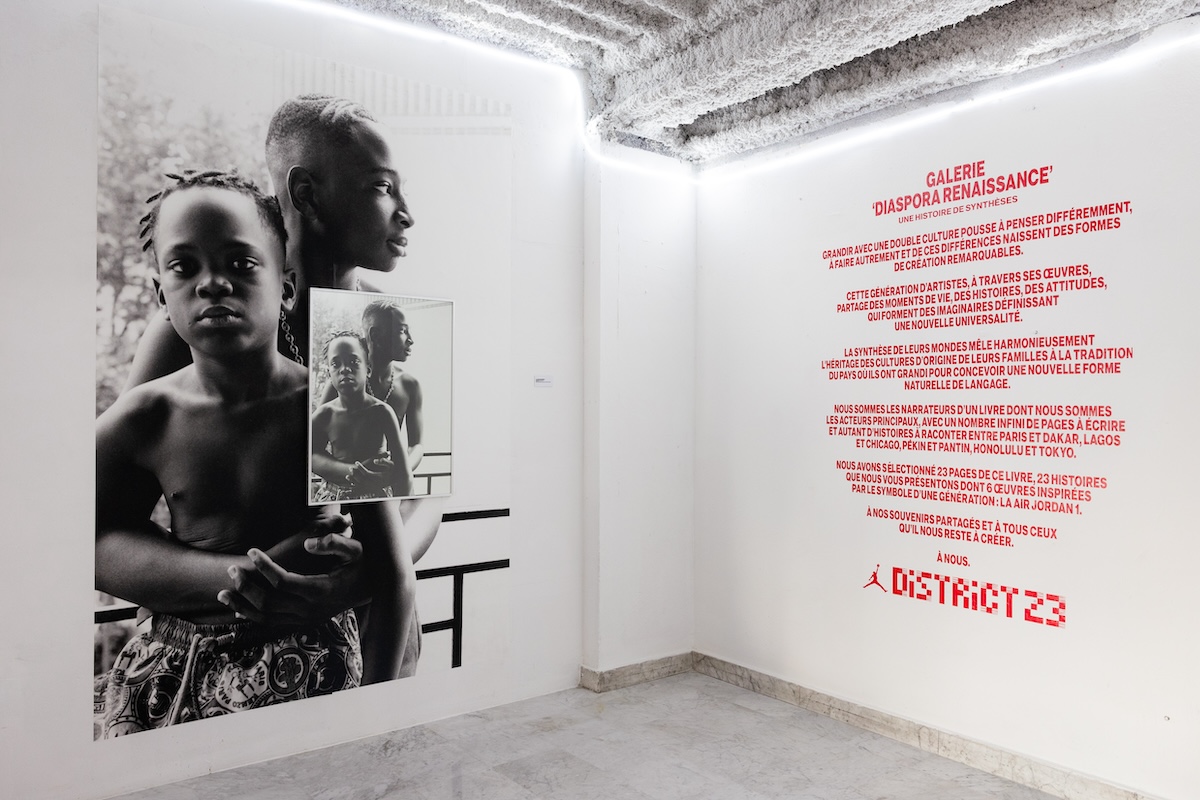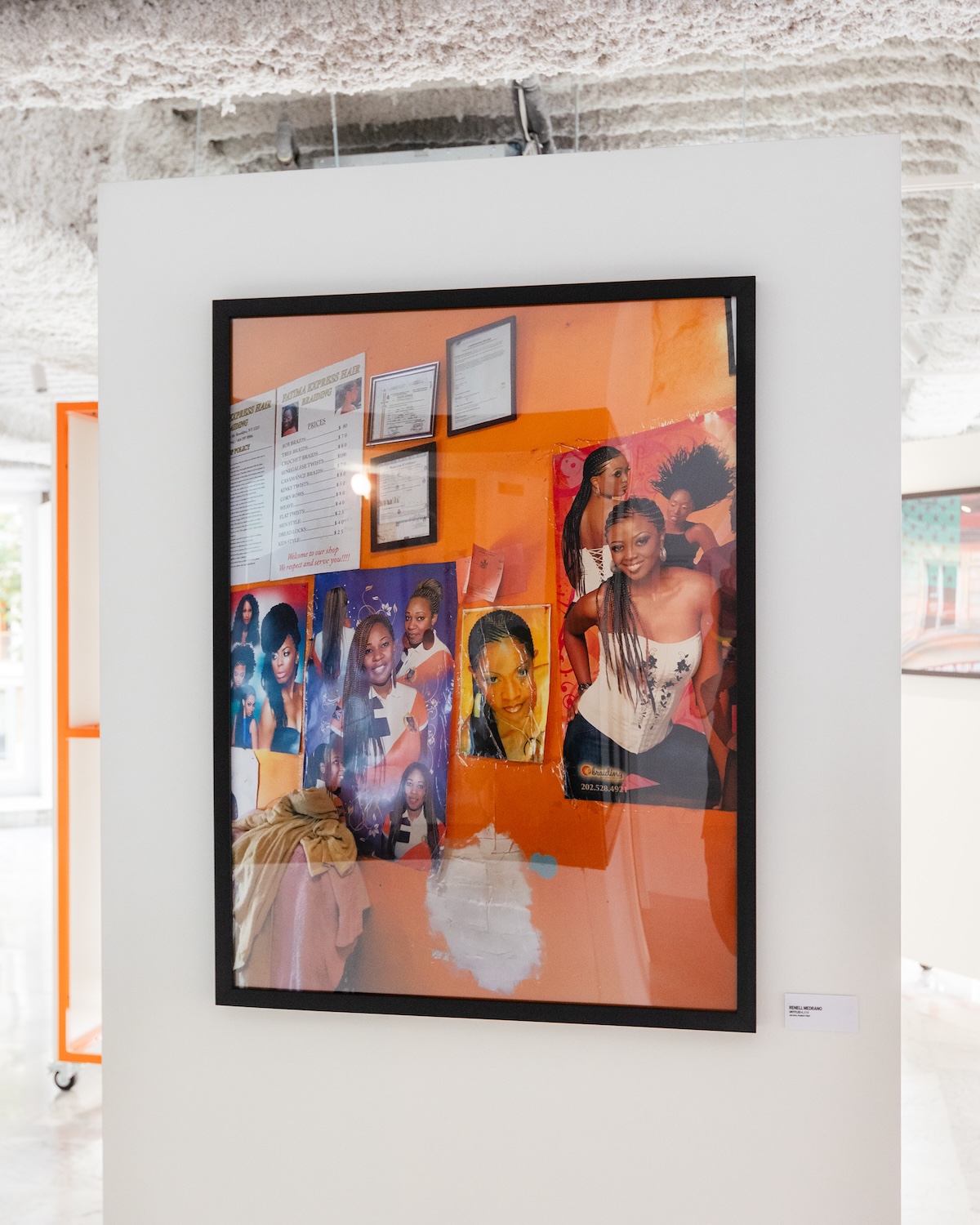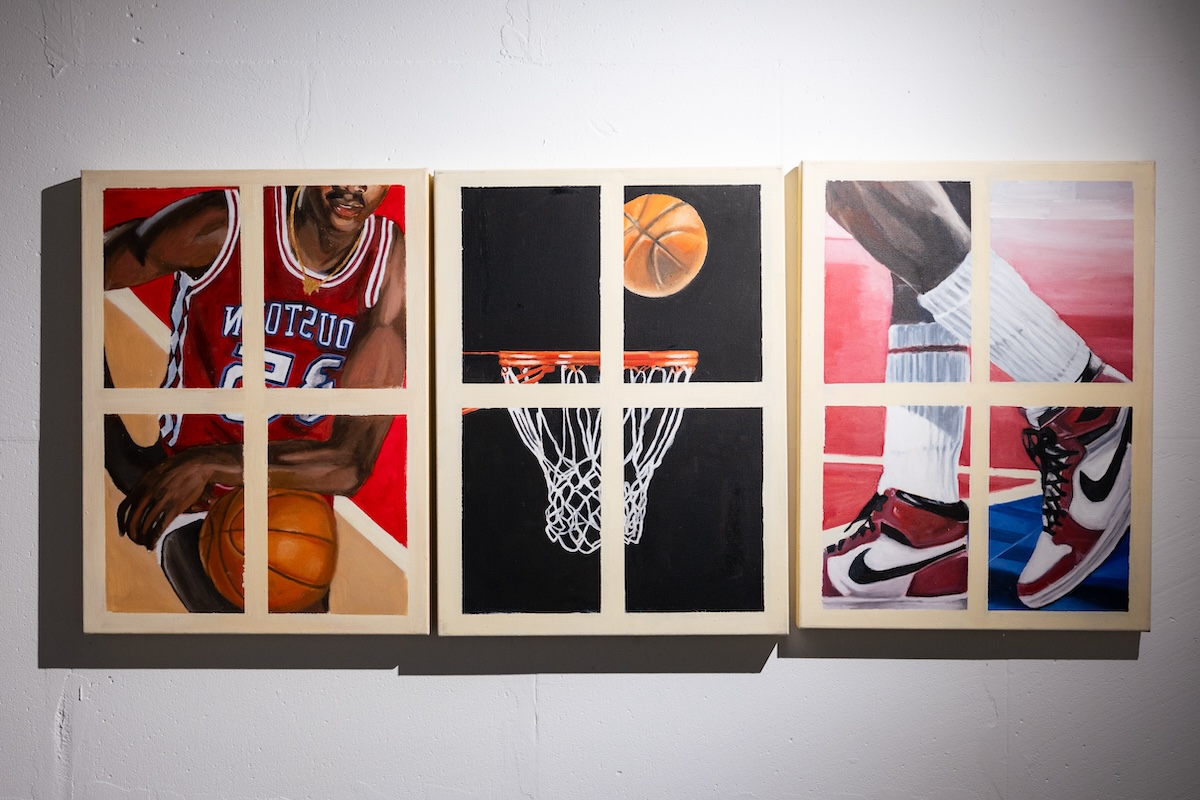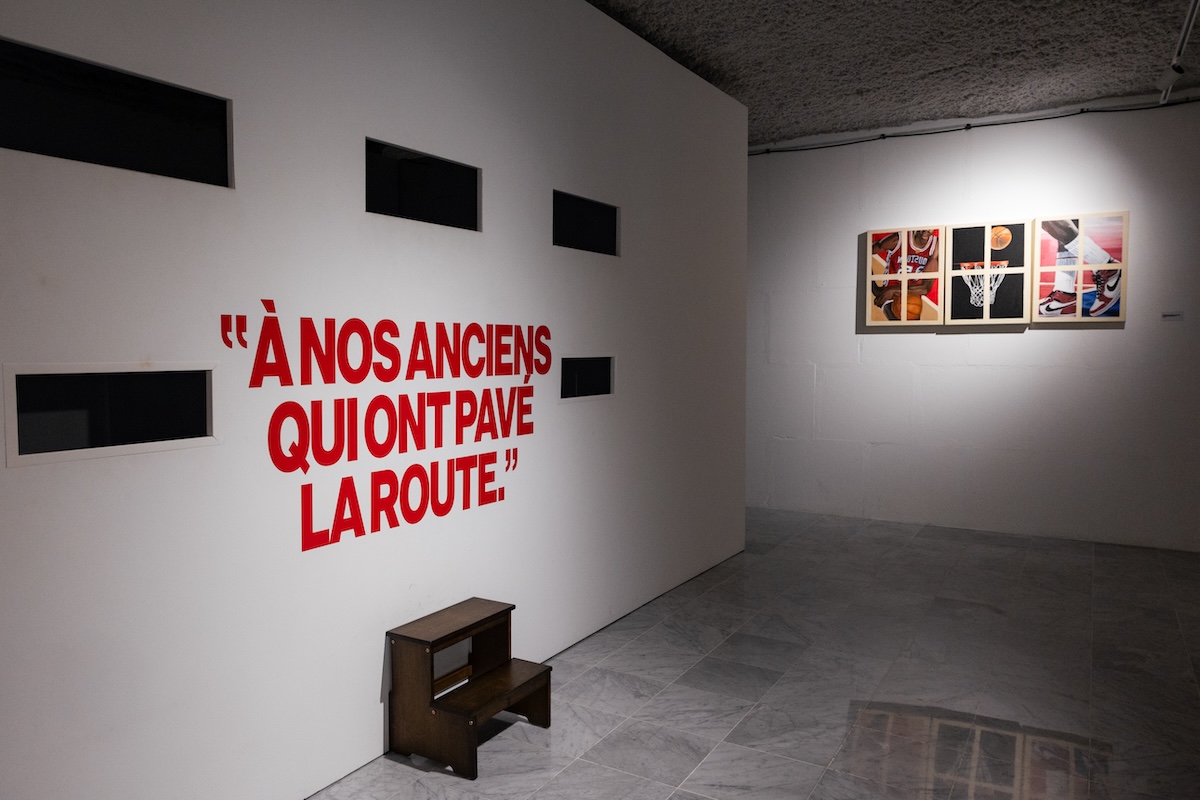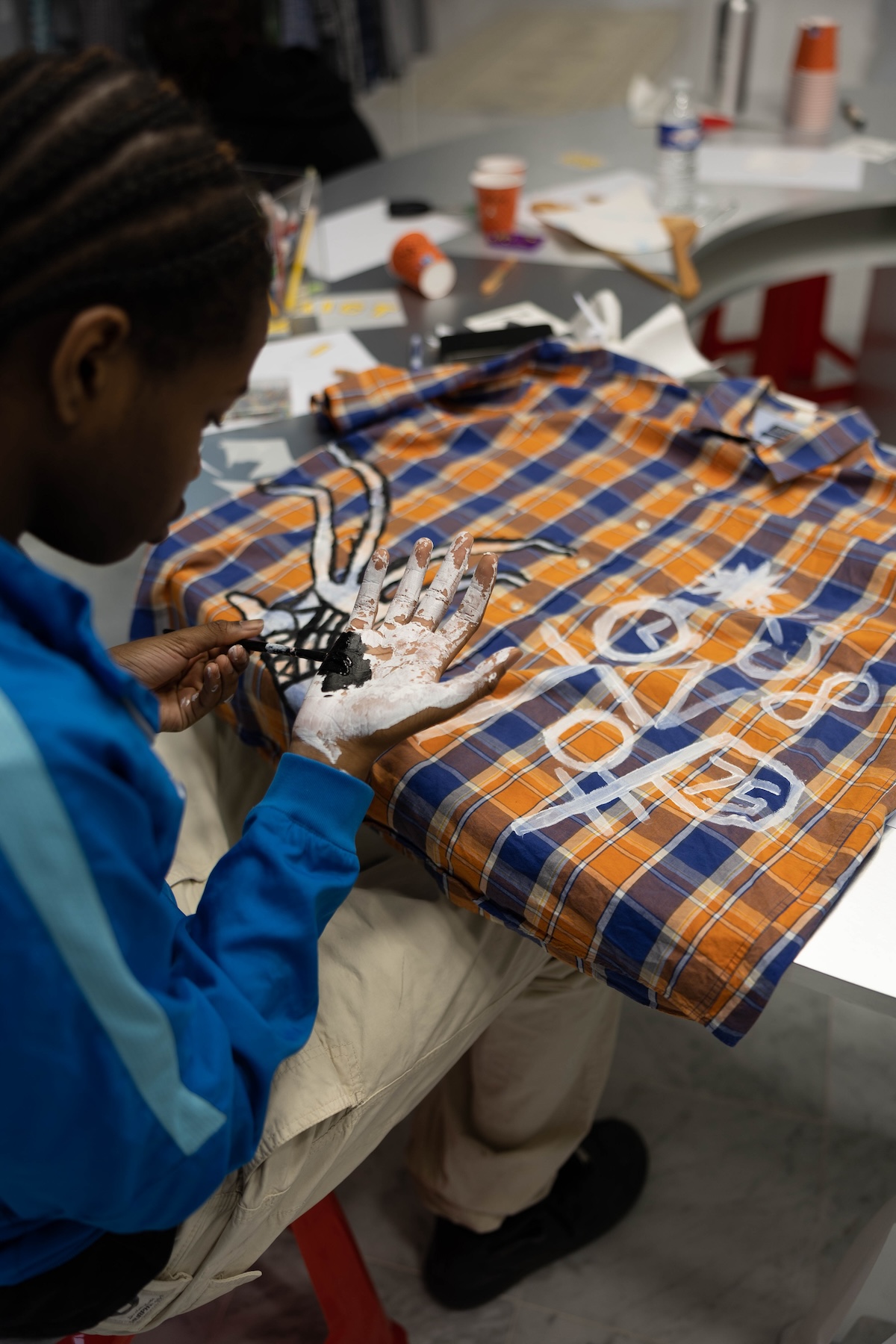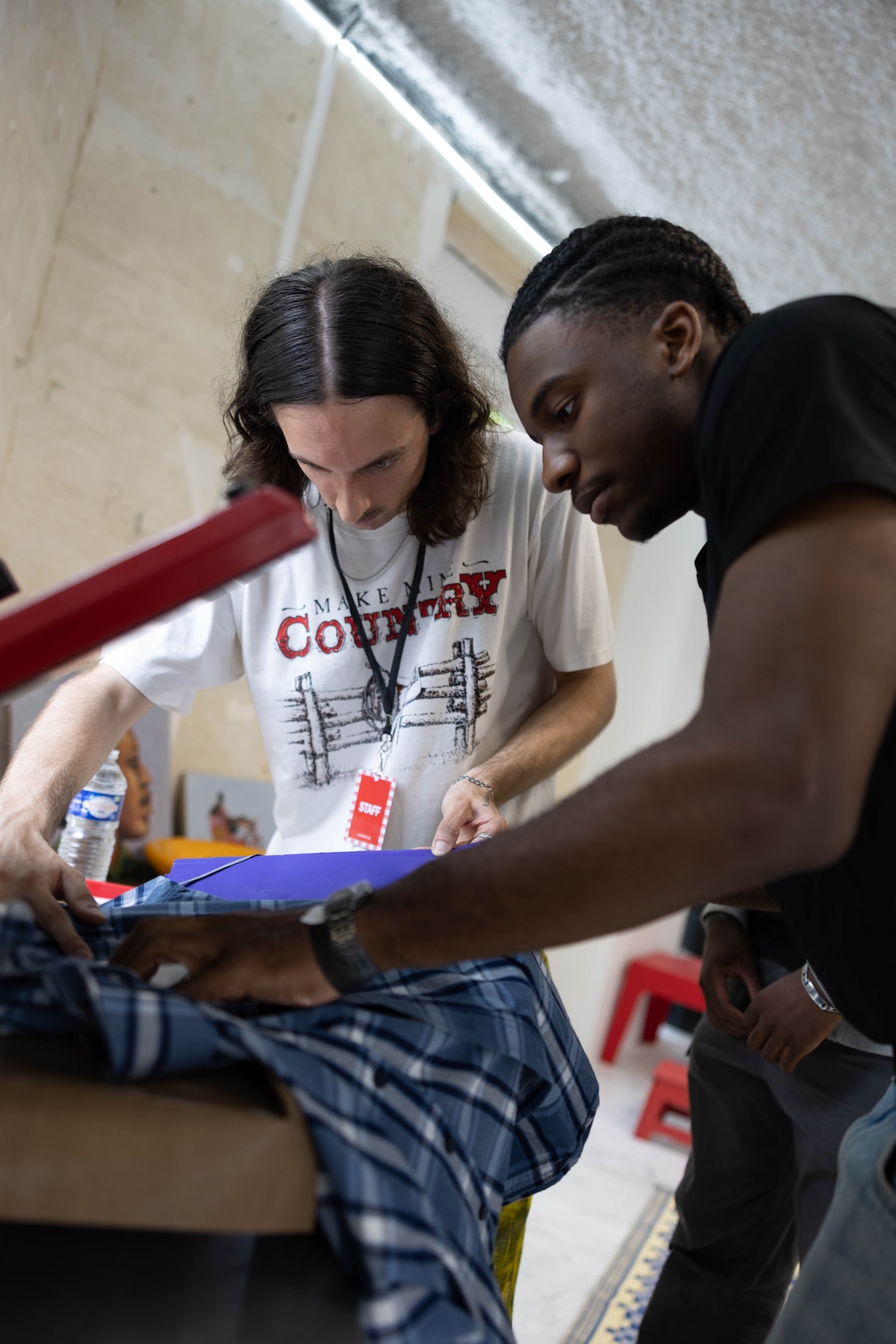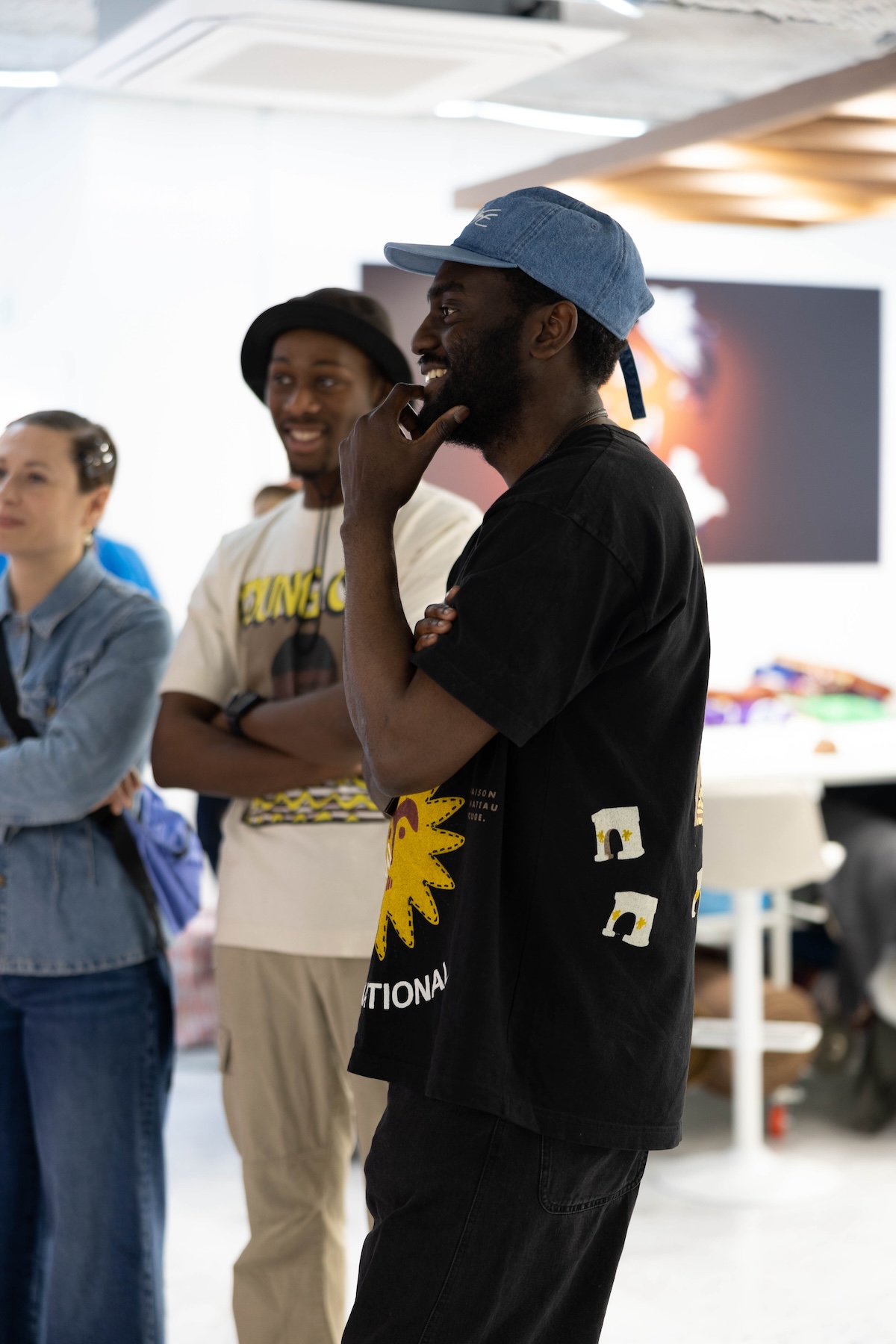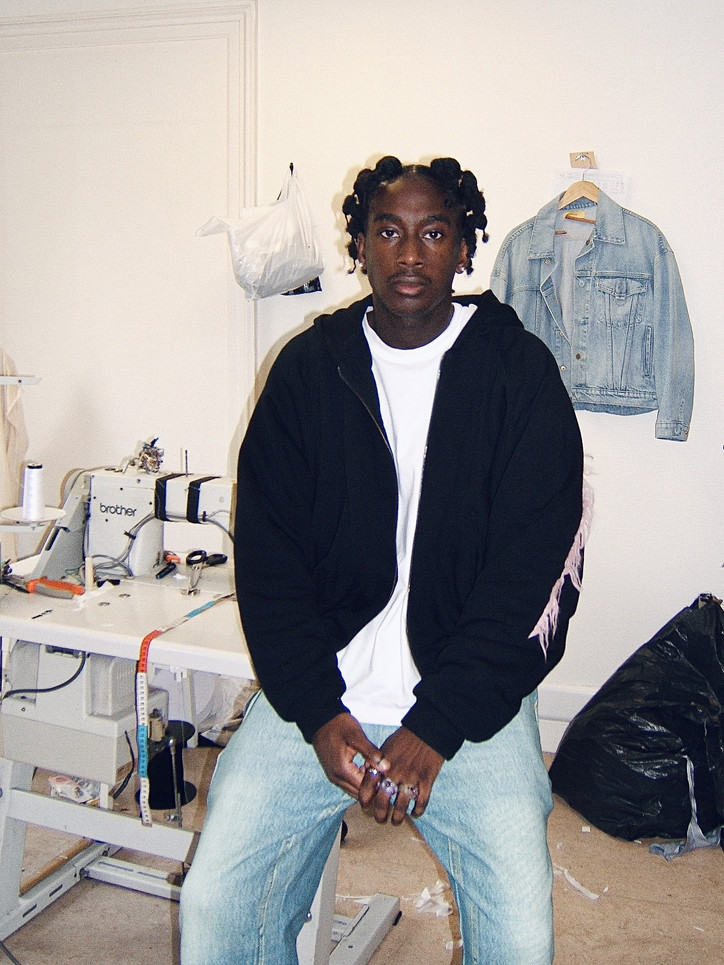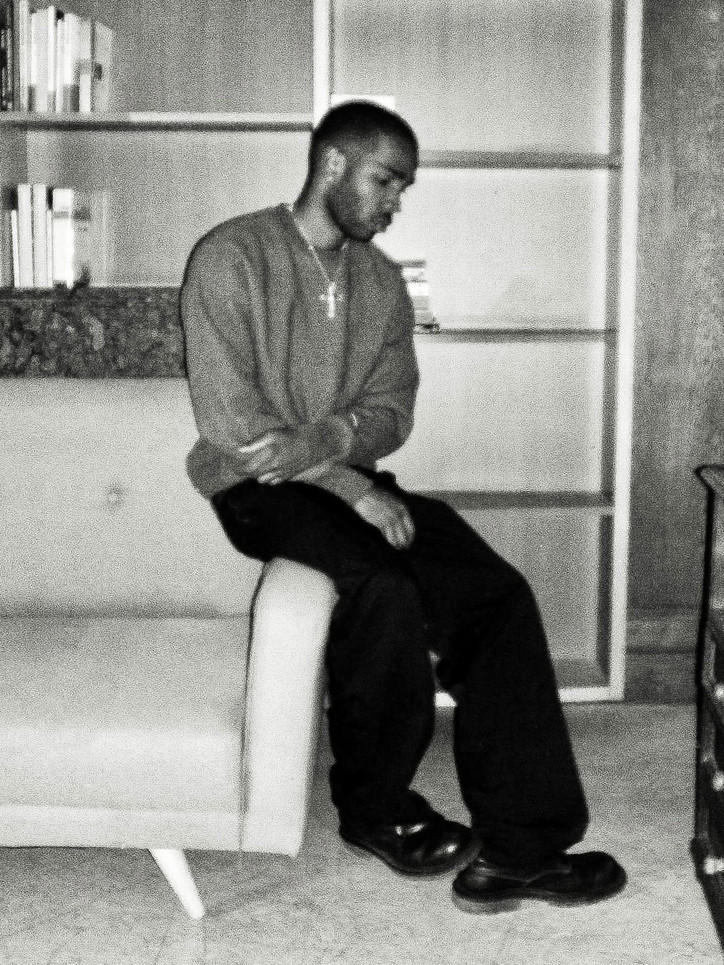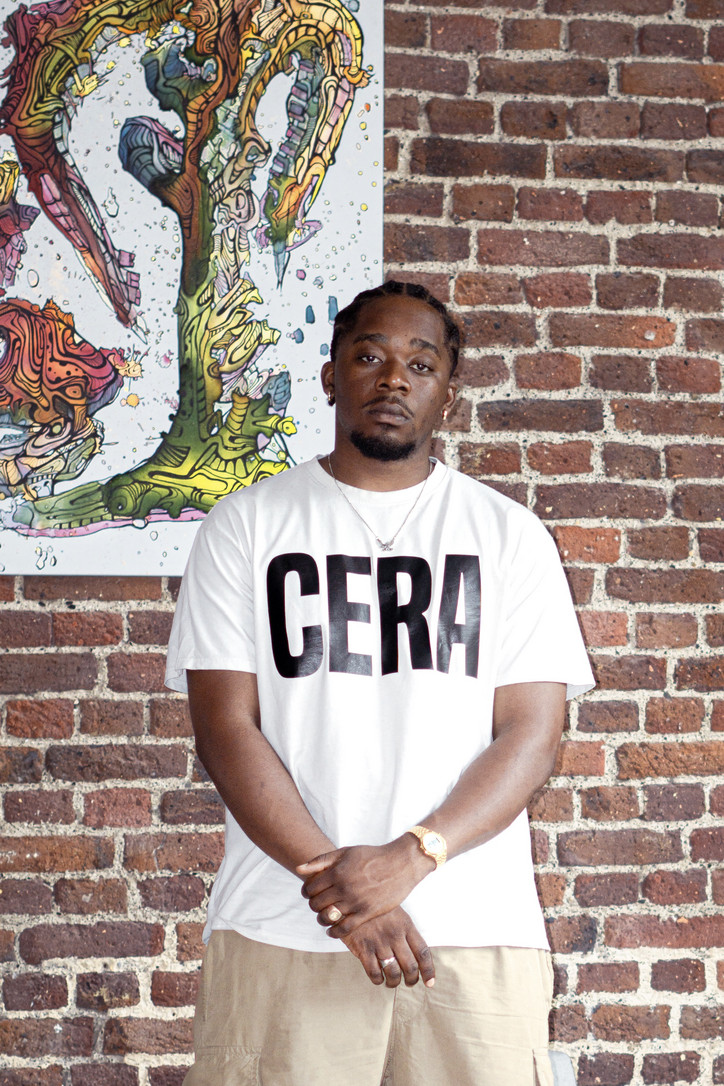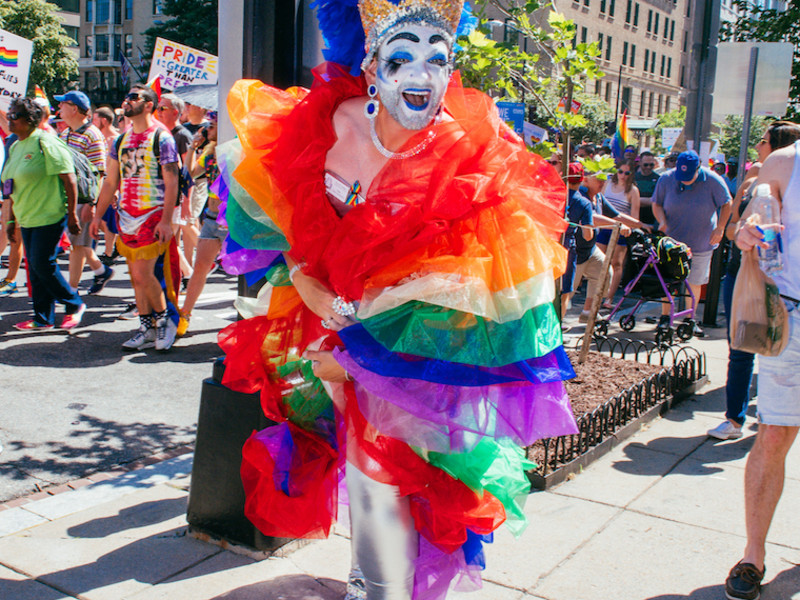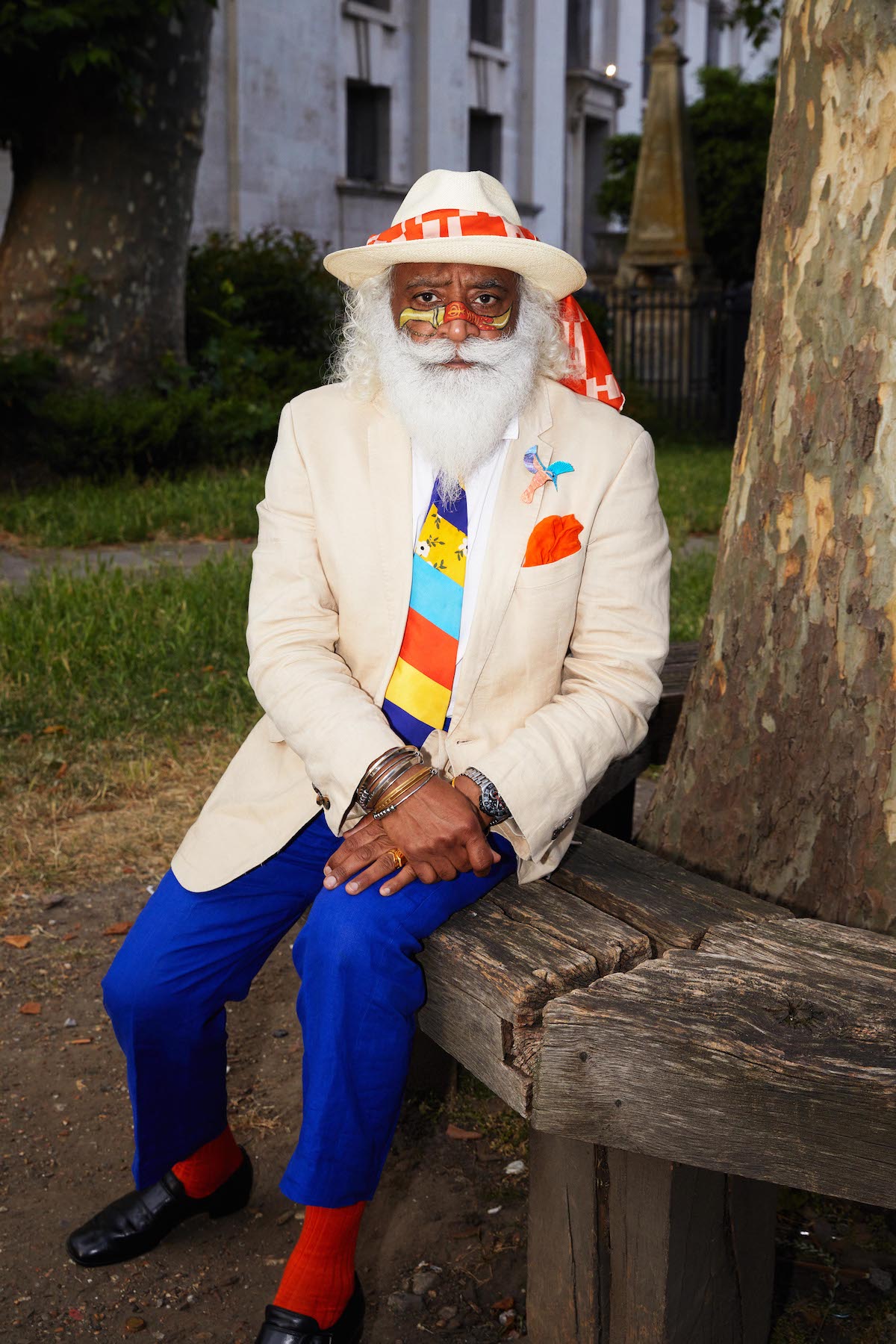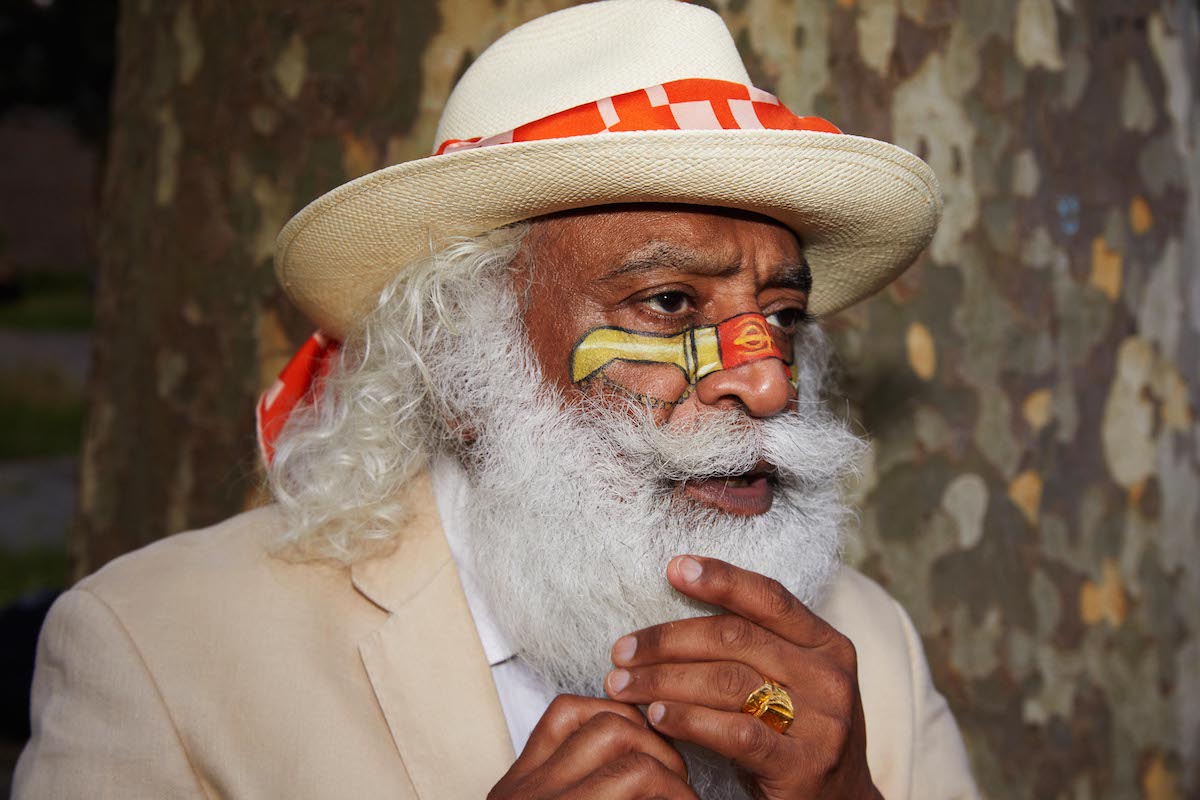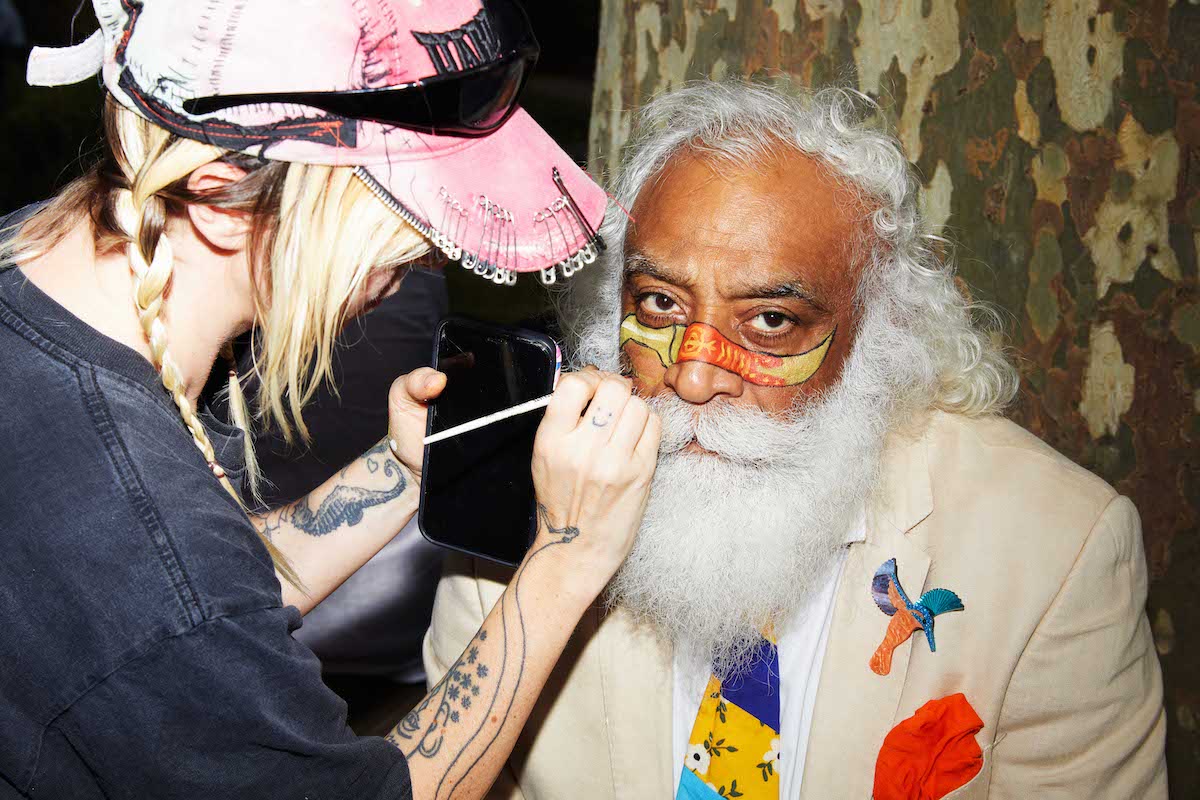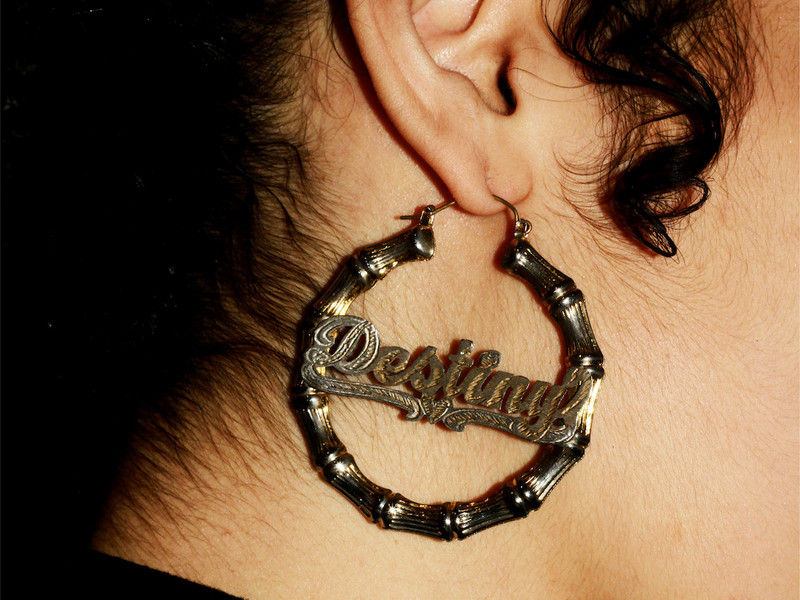I also heard you had a little crush on your co-star, David Thewlis.
[Laughs] Since I was young and saw Harry Potter, I’ve had a huge crush on him. I made the mistake of telling a few cast members, but even if they kept it secret, it was obvious. I couldn’t speak to him, didn’t make eye contact — it was so strange! But he was an amazing sport about it, and finally came up to me and said a bunch of really kind, complimentary things. That made me feel like, Ah, I don't have to be a freak around you anymore. I did not admit to the crush, but I know he knows.
I can’t judge. Every Harry Potter fan would act the same.
Yeah, if you watch the show, there's at least one person from that cast you're going to crush on.
Multiple people for me. I also love Killian Scott. There are so many great actors and characters in the show, but if you had your choice, which figure from Greek mythology would you want to play?
It's so funny, because this is the opposite of what I keep saying I want to play, but I do have a fascination with Athena. The Goddess of War would be an insane role. But I'm pretty sure she was a “good guy,” and I really want to play a villain. I'm always playing a character who’s doing things for the greater good, which is fun, but I’d love to explore something darker.
I’ll be rooting for you, even if you’re a villain.
[Laughs] Thanks!
Is there anything specific you’d want people to take away from your character in Kaos?
While watching the show, audiences might be like, should Riddy be with Orpheus or with Caeneus? But, in the end, you see that you should be rooting for her to be on her own, and take on her own power. That's an interesting lesson: to know that you can be alone, do things by yourself, and that you're strong enough without having a partner, whether it be a man or woman, it doesn't matter.
Are there any films or songs that help you get into character?
I probably need to get a new answer, but Denzel Washington in Training Day is like, there you go, that's my bad guy role, that's what I want to do as an actor. Also, Kaos takes a lot of inspiration from Baz Luhrmann’s Romeo and Juliet, which my dad stars in. Anything he's done, I'm in awe of. A big learning lesson has been watching how he's handled the business, and his roles. And then music wise, I'm not a radio person, so I listen to the same thing over and over again. Right now I want to say it's Frank Ocean's Blonde and then Stranger in the Alps by Phoebe Bridgers. Those are my very depressing go-tos when I'm working.
Those are classics.
You can’t go wrong, so it's fine. You can listen to them till the end of time.
What got you into acting in the first place?
My parents were actors, so I just thought that's what you did, and only later found out you didn't. I acted for a while when I was young, but quit and was an equestrian for 14 years. I thought that's what I would do with my life. Then, I started modeling, and got away from horseback riding, because I couldn't really do both. I didn’t feel creative enough as a model, but I liked certain elements of it, and the idea of putting on clothes to become a different character. So I tried to get back into acting, and it was slow, but I did a lot of training and kept at it.
I didn’t know you were an equestrian; has that influenced your acting career in any way?
It’s similar to acting in that it’s competitive, but horseback riding is singular, it's just you. The intertwining element involves always wanting yourself to perform better. In both careers, it’s more so about competing with yourself than others. Also, horseback riding was all consuming because you have to train all the time, and I feel the same about acting.
What do you like to do when taking a break from work?
I’m trying to get back into horseback riding because it’s great for my mental health. I also love road-tripping. During the strike, I traveled around America in a van, seeing new landscapes and cultures. It’s become my biggest hobby.
Do you believe in “cosmic significance”?
Oh god, this could be a whole other interview. I really believe in the karma of the universe and that things are happening for a reason. If you're seeing something again and again, I don't think that's a coincidence; everything and everyone is connected in a certain way. It's funny to think that it's just so black and white.
And has anything happened to you recently that's felt like fate?
From a work perspective, I often play characters that happen that have a parental problem. They're either disconnected from their parents, or holding some kind of resentment towards them. I have no idea why that is, because my parents and I have a great relationship, but it's a role that I love to play. It's such an interesting concept, and it seems to keep coming back to me.
Maybe it's a psychological thing, like we want to understand what we don't see in our own lives.
Yeah, that's probably part of it.
Do you have any goals for the coming year?
I would love to do a movie, but I want to get into something fully character driven. A lot of times I play characters that have a physical element to them, where they're fighting or something, so I'd like to do something without a lot of frill, and see how that goes. Personally, I would like to be a little kinder to myself. I think I struggle with that.

